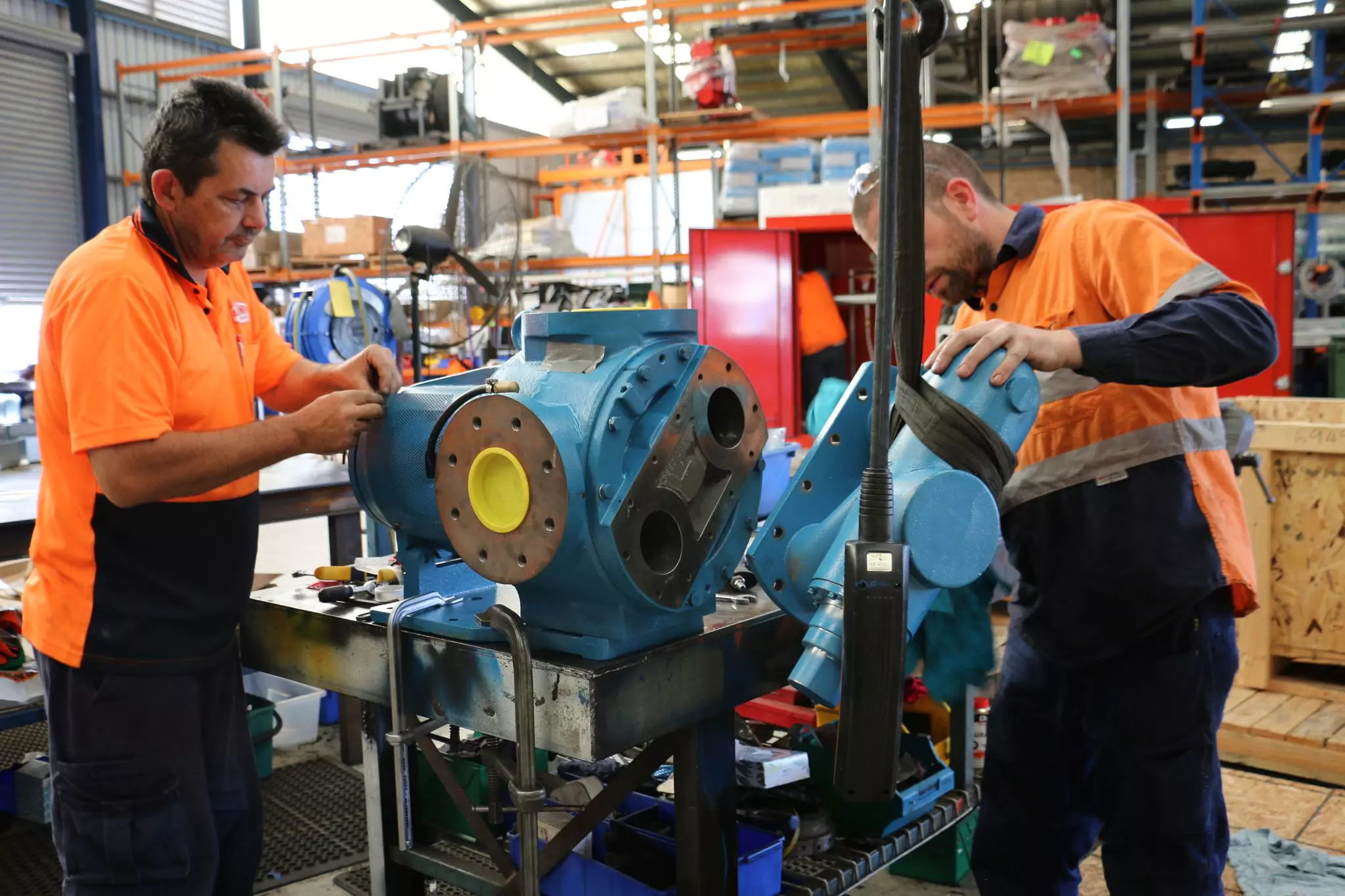
You’ll enjoy the All-Pumps experience. We’re certain.
Maintenance Capabilities
Maintenance Capabilities
Resources
Disinfectant sprayers are necessary in industries where workers, equipment, and products are of great relevance to business growth and profit. They are used in keeping the whole workplace free from harmful bacteria, germs and viruses and also play an important role in safeguarding the health of workers. With their innovative pumping mechanism, the latest disinfectant sprayers can provide quick and complete application of disinfectant fluids to surfaces and even over larger areas.
With the lingering COVID pandemic, industry owners and municipal administrators are investing in effective disinfectant solutions to stop the virus from spreading further through surface contamination. Disinfectant sprayers proved to be more efficient than spray-and-wipe methods as these instruments minimize the contact of people with surfaces while cleaning. Plus, with the use of pressure, disinfectant sprayers can access hard-to-reach corners, which is a common concern in manufacturing facilities.
Airless disinfectant sprayers atomize disinfectant fluids without the use of compressed air or hard effort in pumping like in manual sprayers. In an airless system, a fluid path is properly designed and built with materials compatible for use with most disinfectant chemicals. The disinfectant is pumped under high-pressure through a spray tip. This turns the disinfectant inside the sprayer into a fast-moving, high-pressure liquid stream. Consequently, this fluid condition provides the sprayer with the energy necessary to overcome viscosity and surface tension to form the disinfectant material into a fine spray.
The high pressure formed will force the fluid through the spray tip. The fluid now comes out as a high-speed solid stream. When this solid stream hits the air outside of the sprayer, it becomes disrupted. This disruption is what breaks down the fluid into very small droplets, finally forming a spray pattern.